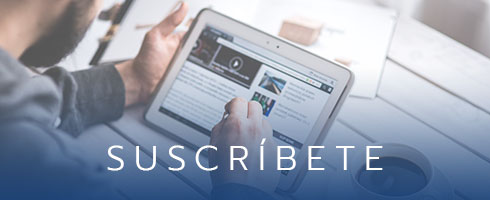Content
Current liabilities are used as a key component in several short-term liquidity measures. Below are examples of metrics that management teams and investors look at when performing financial analysis of a company. Liabilities must be reported according to the accepted accounting principles. The most common accounting standards are the International Financial Reporting Standards (IFRS). However, many countries also follow their own reporting standards, such as the GAAP in the U.S. or the Russian Accounting Principles (RAP) in Russia.
Liabilities are settled over time through the transfer of economic benefits including money, goods, or services. Those items of assets which can be converted into cash quickly without significant https://www.apzomedia.com/bookkeeping-startups-perfect-way-boost-financial-planning/ loss of time and money are called liquid assets and fall under the category of current assets. In financial accounting, a liability is an obligation arising from past transactions or past events.
Liabilities and assets
In contrast, the wine supplier considers the money it is owed to be an asset. These loans may have been taken to finance vehicles, purchase machinery and equipment for the business or as a mortgage to purchase a building amongst many others. Long Term Liabilities are debts and obligations of a company that are due after a year or more. Probable liabilities are treated bookkeeping for startups as contingent liabilities, and a note is given for such liabilities below the balance sheet. These are in the nature of long-term loans (e.g., 5-10 years) or debentures that are payable on or after the lapse of the term consented to in the borrowing agreement/document. Therefore, some investments cannot be categorized either as current assets or fixed assets.
- Those items of assets which can be converted into cash quickly without significant loss of time and money are called liquid assets and fall under the category of current assets.
- In all cases, the business is indebted and that debt is recorded as a liability.
- You can leave all the manual financial data entry and management processes to ProfitBooks, and focus on more important aspects of the business.
- If you’ve promised to pay someone a sum of money in the future and haven’t paid them yet, that’s a liability.
- Minimizing current liabilities is essential for organizations, especially when considering your operation’s financial place.
However, the mortgage that needs to be paid off for your store is a liability in accounting. They are included in an income statement, which are crucial financial statements. ProfitBooks can help you create accurate financial statements, which in turn can expose several liabilities, which would otherwise be overlooked. “Some short-term liabilities include payroll expenses and accounts payable, which include money owed to vendors, monthly utilities, and similar expenses.” – Investopedia.
Most companies have at least some form of debt or obligation(s) as part of starting their business and running it.
Also sometimes called “non-current liabilities,” these are any obligations, payables, loans and any other liabilities that are due more than 12 months from now. But a short-term loan for a small business can enhance the short-term financial health of the operation. Liabilities in accounting are not somting a business owner should be scared of, if maintained and recorded with causion a liabilities in accounting can prove to be the biggest accest.
- We use the long term debt ratio to figure out how much of your business is financed by long-term liabilities.
- Recorded on the right side of the balance sheet, liabilities include loans, accounts payable, mortgages, deferred revenues, bonds, warranties, and accrued expenses.
- Liabilities are the financial obligations owed by a business to other persons, businesses, and governments.
- Review your business’s spending to learn more about its financials.
